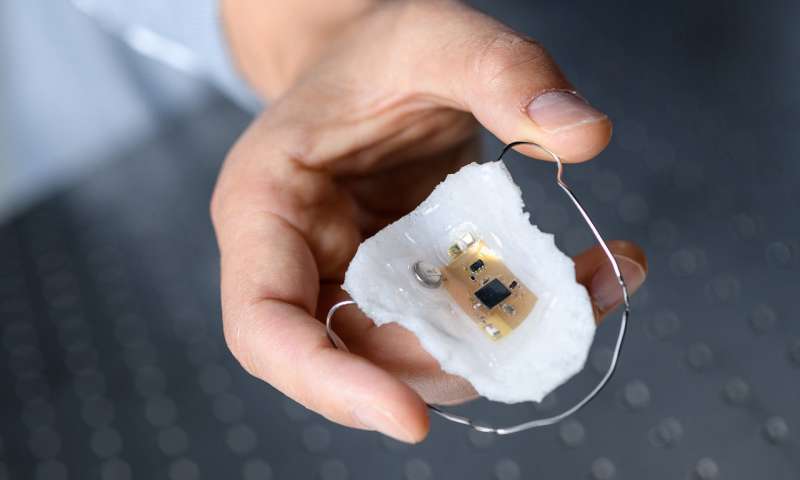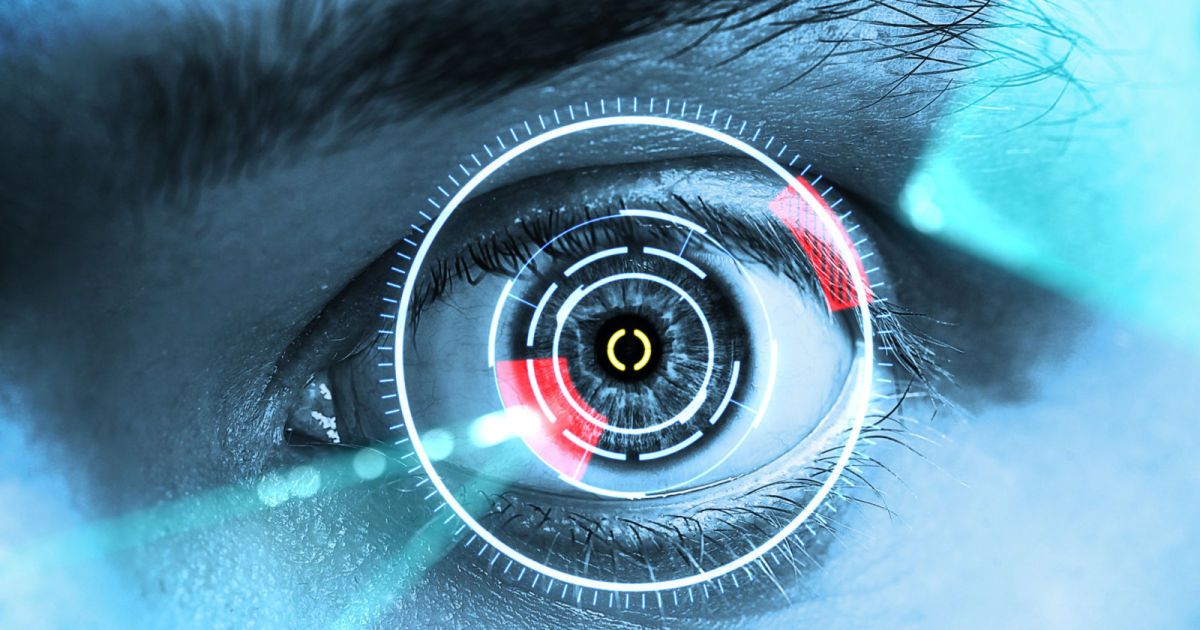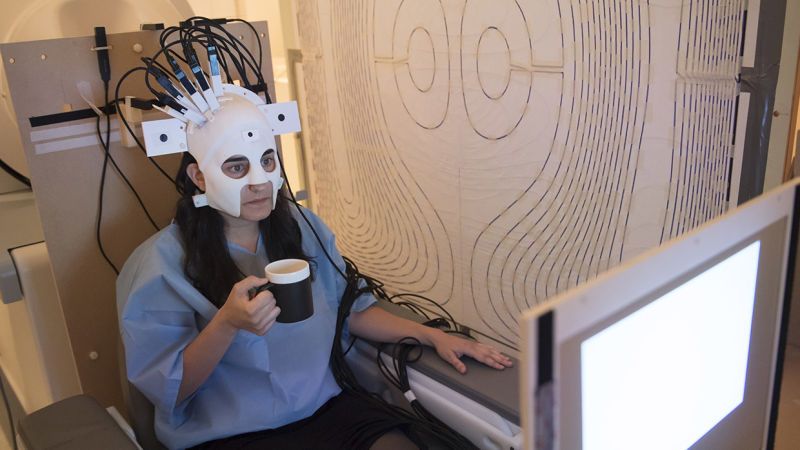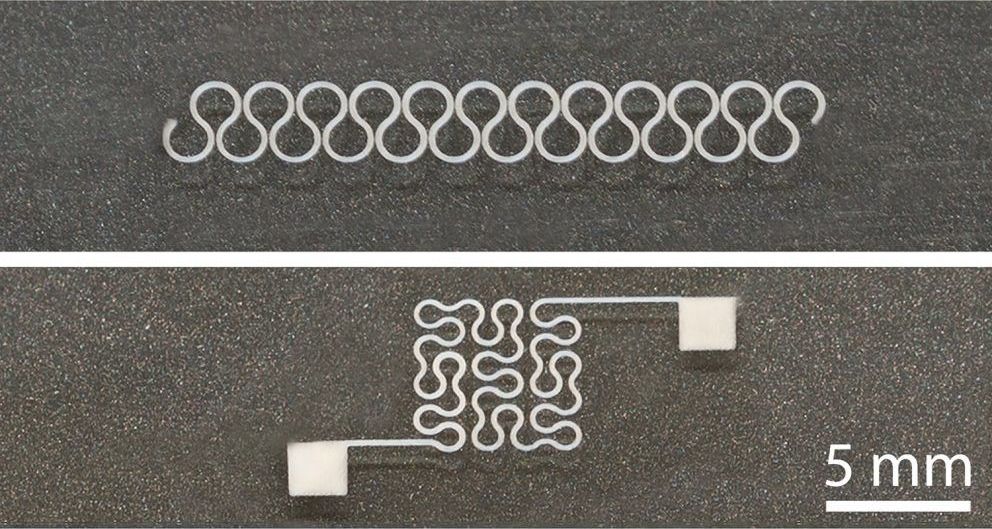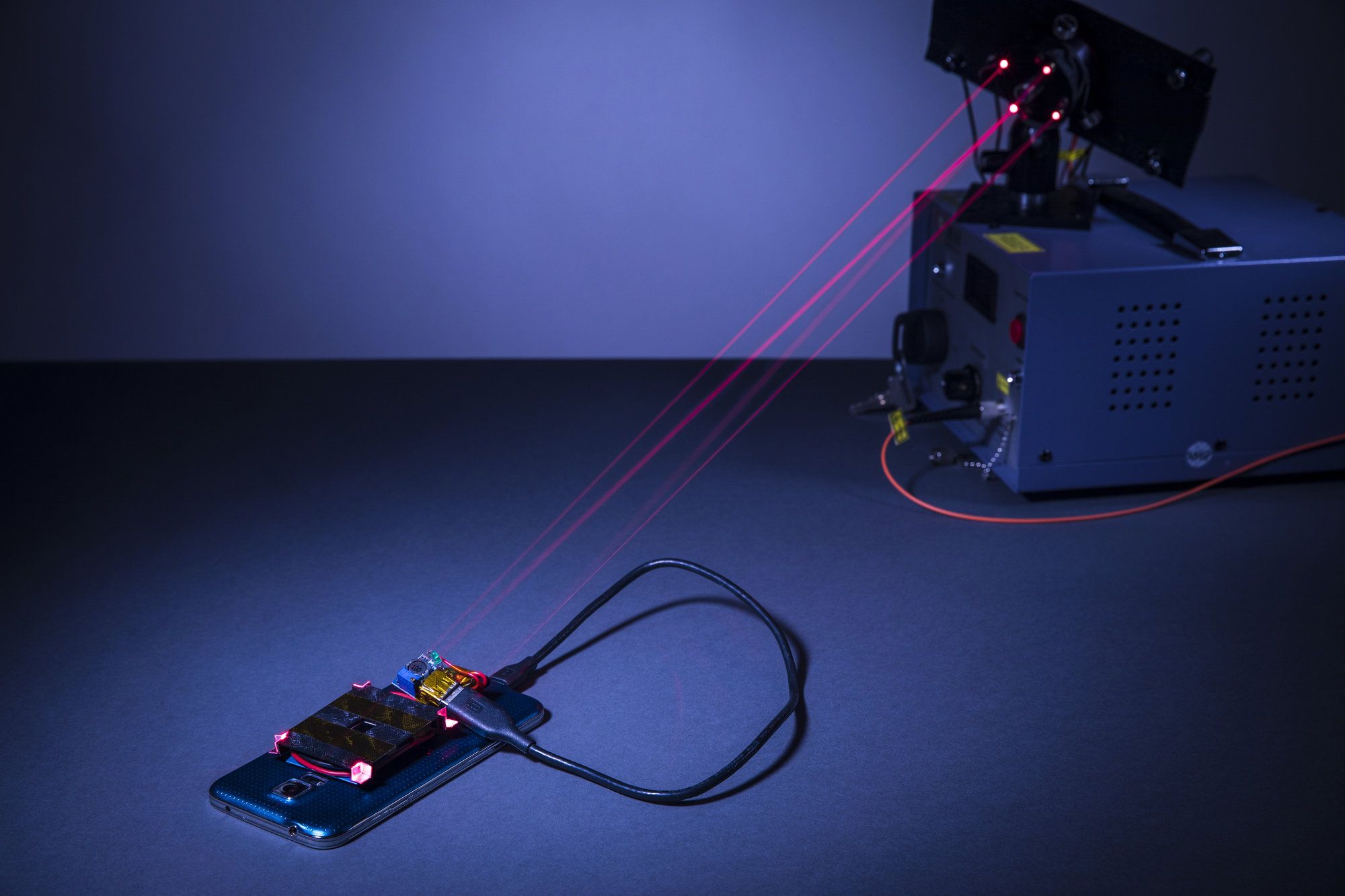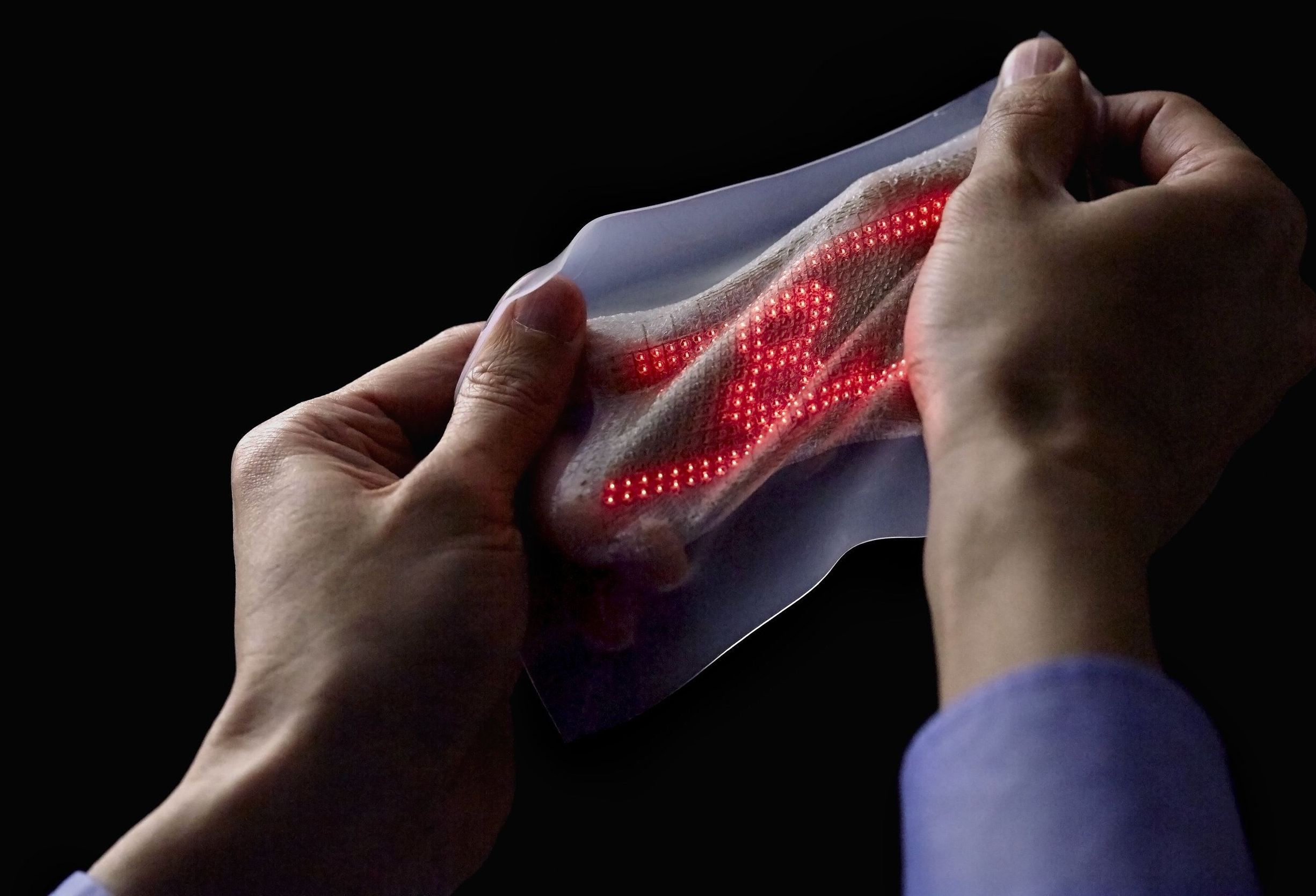Researchers from the Georgia Institute of Technology have built a flexible, wearable oral sodium sensor that could help monitor a person’s sodium intake.
A leading cause of hypertension is a person’s uncontrolled salt intake. This often results in high blood pressure and heart complications.
As a solution, the Georgia Institute of Technology researchers built the oral sodium sensor that could be easily worn in the mouth to monitor salt intake.
The sensor reportedly incorporates a small, adaptable electronic framework that uses Bluetooth technology to transfer the data about a person’s sodium intake into a mobile device or tablet. On the other hand, the structure of the device is said to be based on an ultrathin, breathable elastomeric membrane.
